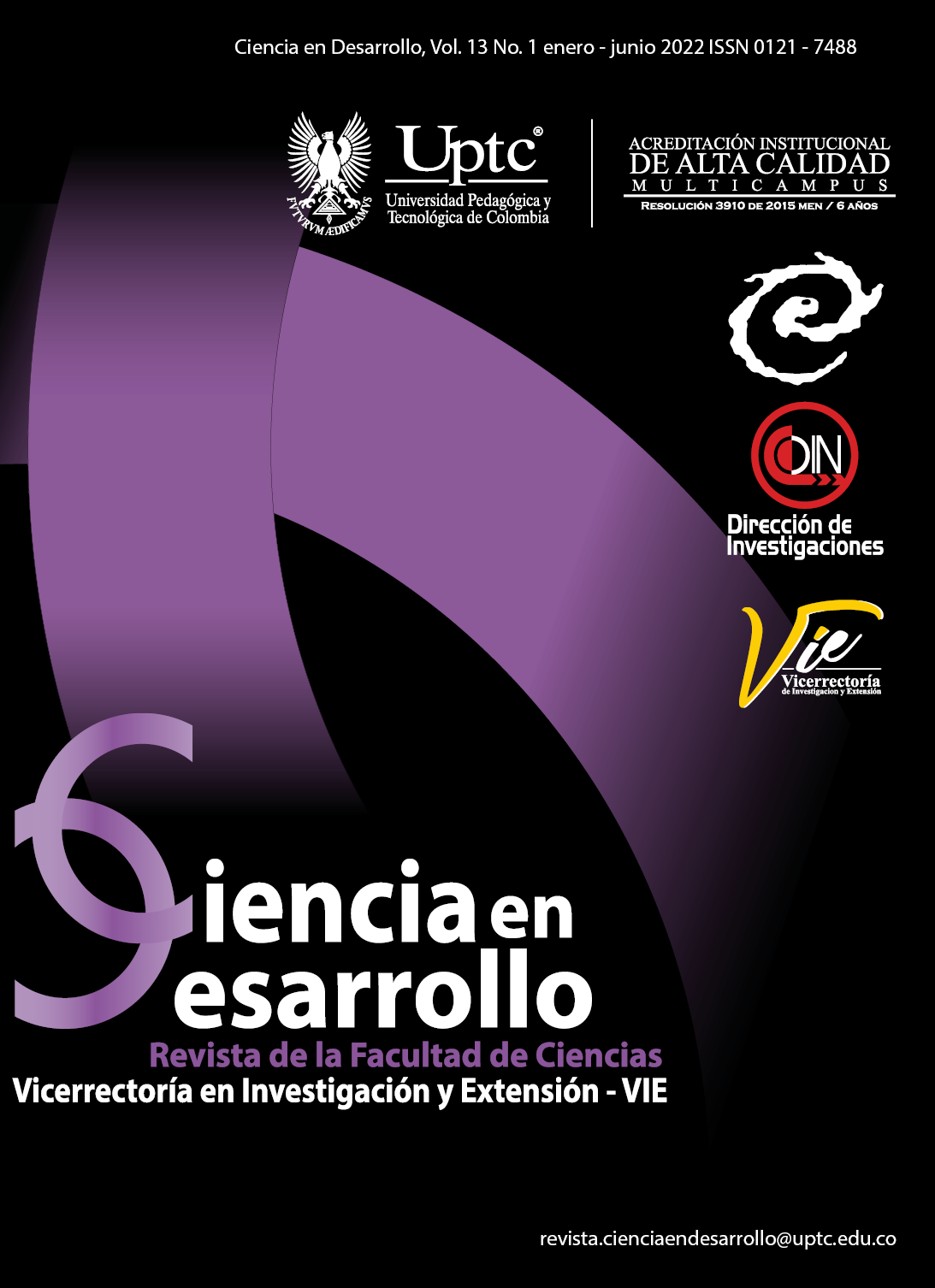Modeling of the friction factor in pressure pipes using Bayesian Learning Neural Networks

Abstract
The model proposed by Colebrook-White for calculating the coefficient of friction has been universally accepted by establishing an implicit transcendental function. This equation determines the friction coefficient for fully developed flows, that is, for turbulent flows with a Reynolds Number higher than 4000. In the present study, a Neural Network was developed from the approach of the Bayesian Regularization Backpropagation method to estimate the coefficient of friction. A set of 200,000 input data (inputs) was established for the relative roughness (ε/D) and the Reynolds Number (Re) and 200,000 output data (outputs) for the friction coefficient. The neuronal architecture that performed best corresponded to two hidden layers with 25 neurons each (2-25-25-1). Network performance was evaluated using mean square error, regression analysis, and the cross-entropy function. The neural model obtained presented a mean square error of 7.42E-13 and a relative error equal to 0.0035 % for the training data. Finally, the Bayesian Regularization backpropagation network demonstrated the ability to calculate the coefficient of friction for turbulent flows with an approximation of 10E-7 concerning the Colebrook-White equation.
Keywords
Artificial Neural Network, Bayesian Regularization, Coefficient of friction, Colebrook & White
Author Biography
Cesar Augusto García Ubaque
Doctor en Ingeniería (PhD), Magister en Ingeniería Ambiental (MsC), Especialista en Manejo Integrado del Medio Ambiente, e Ingeniero Civil. Profesor asociado Facultad Tecnológica Universidad Distrital Francisco José de Caldas. Investigador Asociado SCIENTI-COLCIENCIAS, par evaluador COLCIENCIAS y Ministerio de Educación Nacional.
References
- Minvivienda, Reglamento Técnico del Sector de Agua Potable y Saneamiento Básico - RAS (Título-B), Bogotá: Ministerio de Vivienda, 2007.
- U. Offor y S. Boladale, «Artificial Neural Net- work Model for Friction Prediction,» Journal of Materials Science and Chemical Enginee- ring, vol. 4, no 7, 2016.
- M. Sauida, «Prediction of hydraulic jump length downstream of multi-vent regulators using Artificial Neural Networks,» Ain Shams Engineering Journal, vol. 7, no 12, pp. 819-826, 2016. DOI: https://doi.org/10.1016/j.asej.2015.12.005
- M. Yazdi y A. Bardi, «Estimation of Friction Factor in Pipe Flow Using Artificial Neural Networks,» Canadian Journal on Automation, Control & Intelligent Systems, vol. 2, pp. 52-56, 2011.
- J. Castillo, B. Solórzano y J. Moreno, «Diseño de una red neuronal para la predicción del co- eficiente de pérdidas primarias en régimen de flujo turbulento,» Ingenius, no 20, pp. 21- 27, 2018. DOI: https://doi.org/10.17163/ings.n20.2018.02
- Y. Liu, J. Starzyk y Z. Zhu, «Optimized Ap- proximation Algorithm in Networks Without Overfitting,» Transactions on Neural Networks, vol. 19, no 6, pp. 983-995, 2008. DOI: https://doi.org/10.1109/TNN.2007.915114
- S. Tamura y M. Tateishi, «Capabilities of a four-layered feedforward neural network: Four layers versus three,» Transactions on Neural Network, vol. 18, no 2, 1997. DOI: https://doi.org/10.1109/72.557662
- D.Brkic ́yŽ.C ́ojbašic ́,«IntelligentFlowFric- tion Estimation,» Computational Intelligence and Neuroscience, vol. 2016, no 8, 2016. DOI: https://doi.org/10.1155/2016/5242596
- D. MacKay, «Bayesian interpolation,» Compu- tation and Neural Systems, vol. 4, p. 415– 447, 1992. DOI: https://doi.org/10.1162/neco.1992.4.3.415
- S. Haykin, Neural Networks: A Comprehen- sive Foundation, Hamilton: Pearson Prentice Hall, 1999.
- B. Karlik y A. Vehbi, «Performance Analysis of Various Activation Functions in Generalized MLP Architectures of Neural Networks,» Inter- national Journal of Artificial Intelligence and Expert Systems (IJAE), vol. 1, no 4, p. 111–122, 2011.
- F. Foresee y M. Hagan, «Gauss-Newton ap- proximation to Bayesian learning,» de Procee- dings of International Conference on Neural Networks (ICNN’97), Houston, 1997.
- D. Fadare y U. Ofidhe, «Artificial Neural Net- work Model for Prediction of Friction Factor in Pipe Flow,» Journal of Applied ScienceS Research, vol. 5, no 6, pp. 662-670, 2009.
